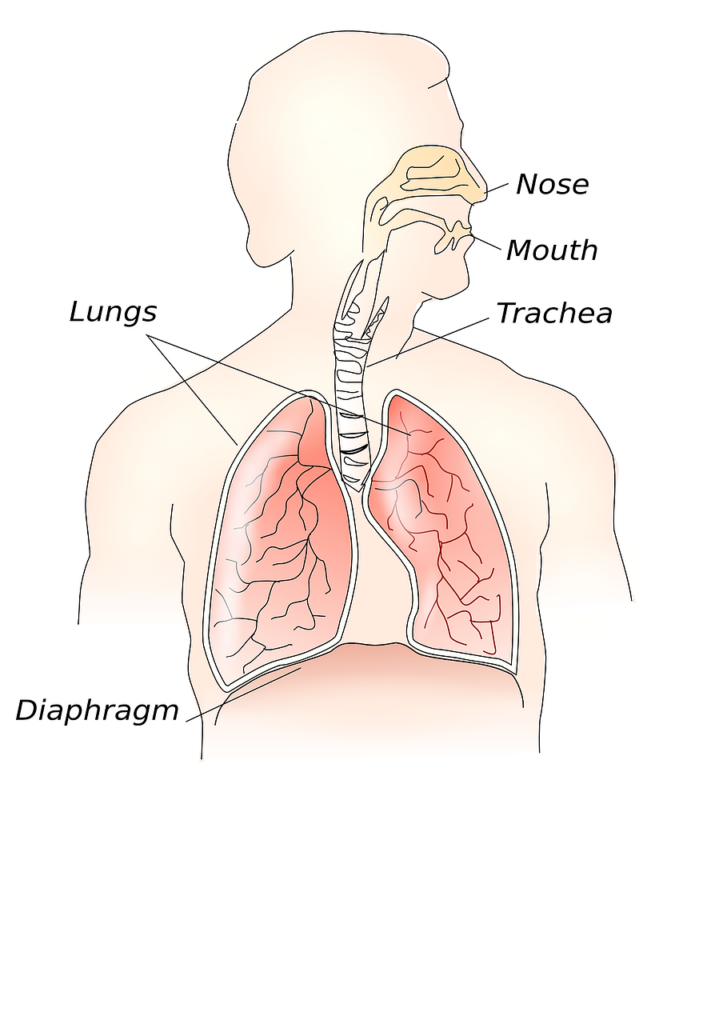
Intro Breathing Exercises for Older adults
Breathing Exercises for Older Adults. Breathing is something we do on autopilot so it can be hard to realize we’re even doing it. But as we get older, some people will experience complications and breathing difficulties that can impact their activities of daily living and quality of life.
Having control over your breathing can help you better manage anxiety and emotional strain, improve your energy, and enhance your immune system. Read on to learn about a few simple breathing exercises that can help you better understand and control your breath.
Understanding Oxygen Saturation Levels
Breathing Exercises for Older Adults. Older adults and their caregivers might wonder how to spot the signs of low oxygen saturation levels. And the amount of oxygen in your blood. However, the good news is a device called a pulse oximeter can measure the amount of oxygen being carried in your blood. Which helps healthcare providers or caregivers decide if action needs to be taken. In this case, having one handy at home can help you understand if you or your loved one is getting enough oxygen.
You might be wondering how to tell if something isn’t quite right. So then, oxygen saturation values are between 95% and 100% for most healthy individuals. Those with conditions like asthma, heart disease, and chronic obstructive pulmonary disease (COPD) might have lower levels and need to be monitored closely.
Should oxygen saturation levels drop, know that it’s often not due to something serious and it’s possible to get levels back to normal without medications or other invasive means. There are also natural methods that can help boost blood oxygen levels.
How Breathing Exercises Bring Relief
Breathing Exercises for Older Adults. Breathing can be therapeutic, which is why respiratory therapists often recommend specialized breathing techniques. Here, these exercises can help manage some of the symptoms associated with asthma attacks. Also, high blood pressure, shortness of breath, COPD, sleep apnea, and severe cases of COVID-19.
“Deep breathing can help restore diaphragm function and increase lung capacity. The goal is to build up the ability to breathe deeply during any activity, not just while at rest,” says Johns Hopkins physical therapist Peiting Lien. However, those recovering from or managing chronic conditions aren’t the only ones who can benefit from controlled breathing. It can help improve overall respiratory health and lung capacity.
How to Increase Blood Oxygen Level
Breathing Exercises for Older Adults. The good news about breathing exercises is that you can do them anywhere or anytime. Below are a few that older adults, and even their caregivers, can integrate into their daily routines.
Complete Breathing
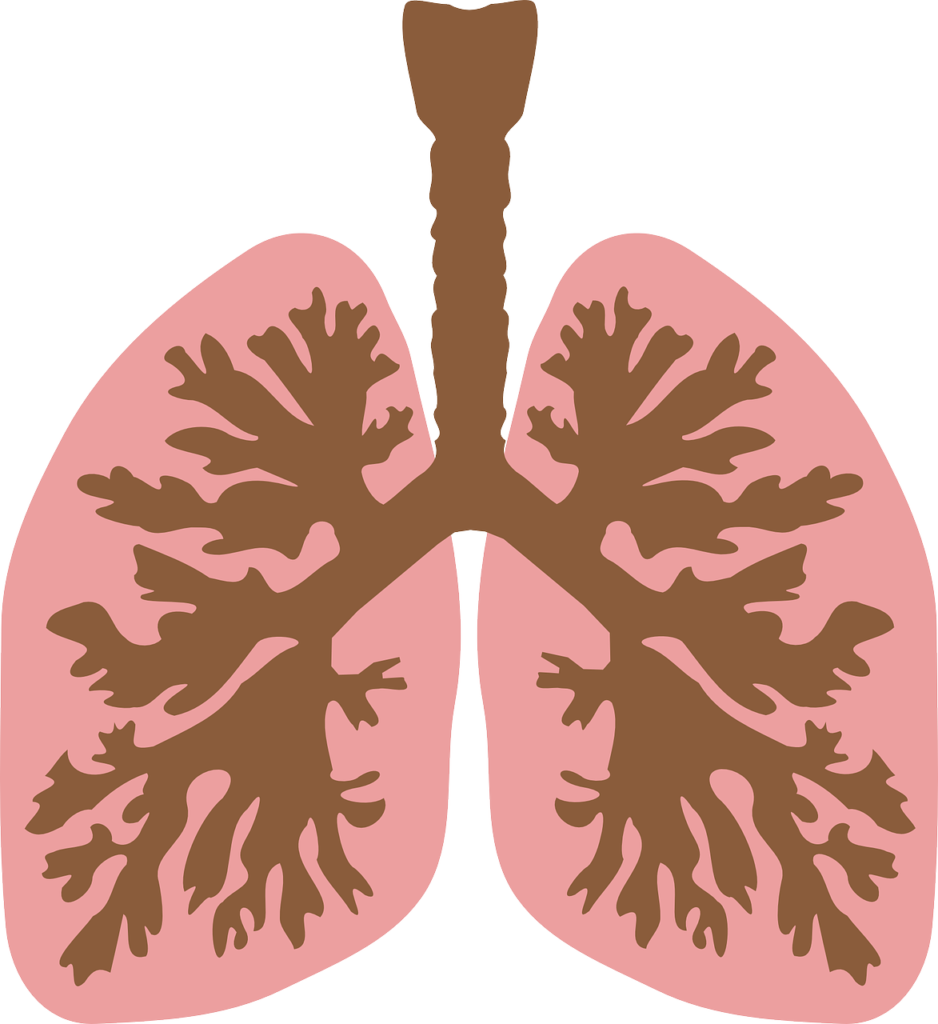
Breathing Exercises for Older Adults. Start in a seated position and exhale. Inhale and picture your stomach muscles releasing. Feel your belly and lungs expand. Focus on your breathing until you feel your chest fill with air. Hold your breath for a moment and exhale slowly, tightening your abdominal muscles until you feel the last bit of air leaving your lungs. Close your eyes, recenter yourself, and focus on breathing for five minutes or more.
Humming Breathing
Breathing Exercises for Older Adults. Follow the same pattern as above, but when you get to the exhale, hum as you exhale. Pull your belly muscles in as you hum, pushing the last bit of air out of your body. Reset and practice this exercise for two to three minutes.
Chinese Breathing
Breathing Exercises for Older Adults. As the name implies, this approach comes from the Chinese practice of Tai Chi. Furthermore, inhale three short breaths. while raising your arms shoulder height in front of you on the first breath. But then pull your arms out to your sides at shoulder height on your second breath. Subsequently, raise them above your head on the last breath. From here you’ll slowly exhale and lower your arms back down to your sides. Generally, it’s recommended to practice 10-12 repetitions and be mindful of how you’re feeling.
Feet Breathing
Breathing Exercises for Older Adults. This is a two-for-one in that it’s both a relaxation technique and a breathing exercise. Besides, pay attention to your breath as your chest and diaphragm rise and fall together. Here, breathe at your regular pace and allow yourself to fully be present in the moment. As you exhale, imagine your cares and worries leaving your system through your feet. Repeat until you feel at ease.
Buteyko Breathing
Breathing Exercises for Older Adults. This practice can be particularly helpful for those with breathing problems like asthma. Next, find a comfortable position in a quiet place. And instead of taking a deep breath, do your best to take shallow breaths slowly through your nose. Consequently, this method can be a great invention to counteract rapid, gasping breaths. So, often associated with an asthma attack or response to a traumatic event.
Make Breathwork a Daily Practice
Breathing Exercises for Older Adults. As with any lifestyle change, consistency is key. When people adopt regular breathwork practices and experience positive results, they often make a point to add them to their daily schedule. Life happens and sometimes people miss a few days in a row. Getting too off track, however, can cause them to slip back into old habits. Experts say tracking progress with a diary can help cement new routines and identify improvements and even unhealthy patterns that could be a sign of a condition or disease.
Adding healthy habits to your routine as you age doesn’t have to cost a fortune. Practices like breathing exercises can improve physical and mental health in a matter of a few weeks. If you have specific questions or concerns about starting a breathwork practice, it’s best to consult with your medical team.
Donate
Pensioner Fitness Awards
THE BUSINESS CONCEPT, BEST IN BUSINESS AWARDS 2023
MOST INSPIRING SENIOR WELLNESS WEBSITE 2023
THE GLOBAL HEALTH AND PHARMA, FITNESS AND NUTRITION AWARDS 2023
BEST SENIOR FITNESS AND NUTRITION SPECIALIST 2023
In Conclusion
Breathing is a powerful exercise that can improve your mental and physical health. By consistently doing breathing exercises you can help your body stay healthy, and aid your longevity. In time breathing exercises can improve your lung capacity, which helps improve your mobility, overall health, and quality of life.
Important Note *
Remember that everyone is different, it is ultimately YOUR RESPONSIBILITY to find what your body responds to. So please do your due diligence before trying anything new, including getting Medical Advice to ensure your safety and peace of mind.
Connect with me and leave a comment or two on my
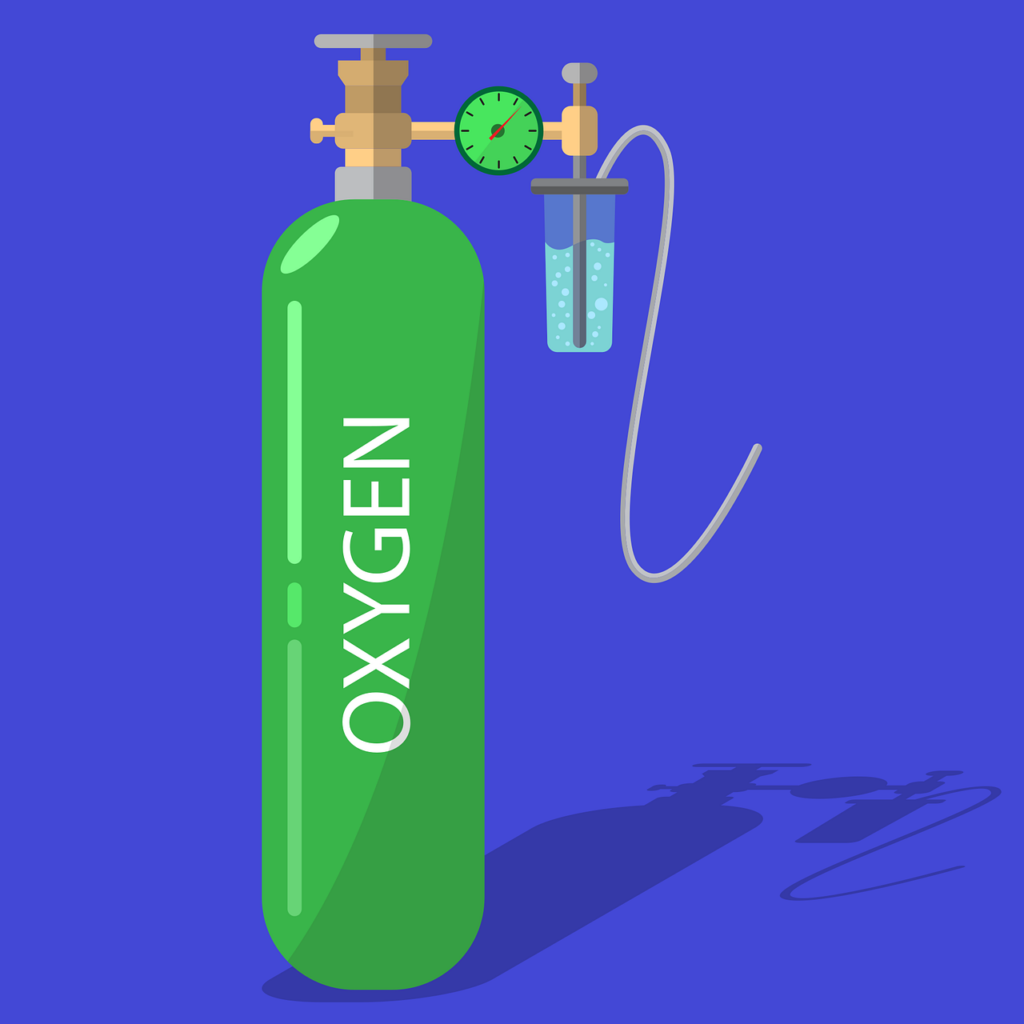


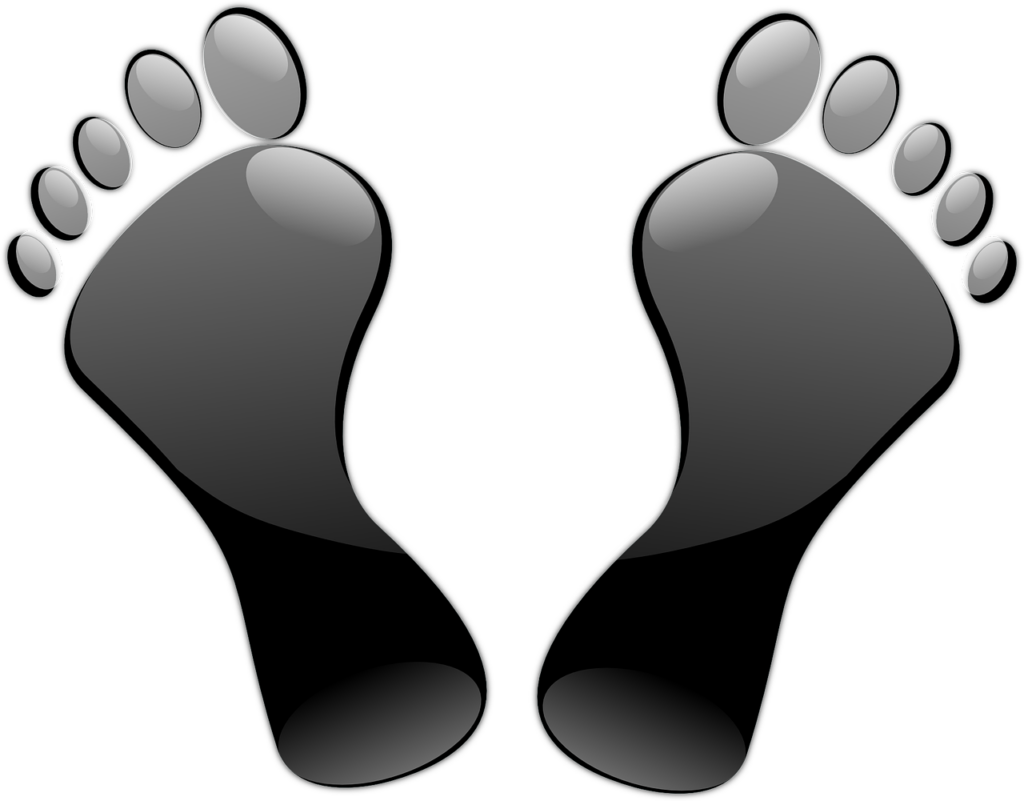
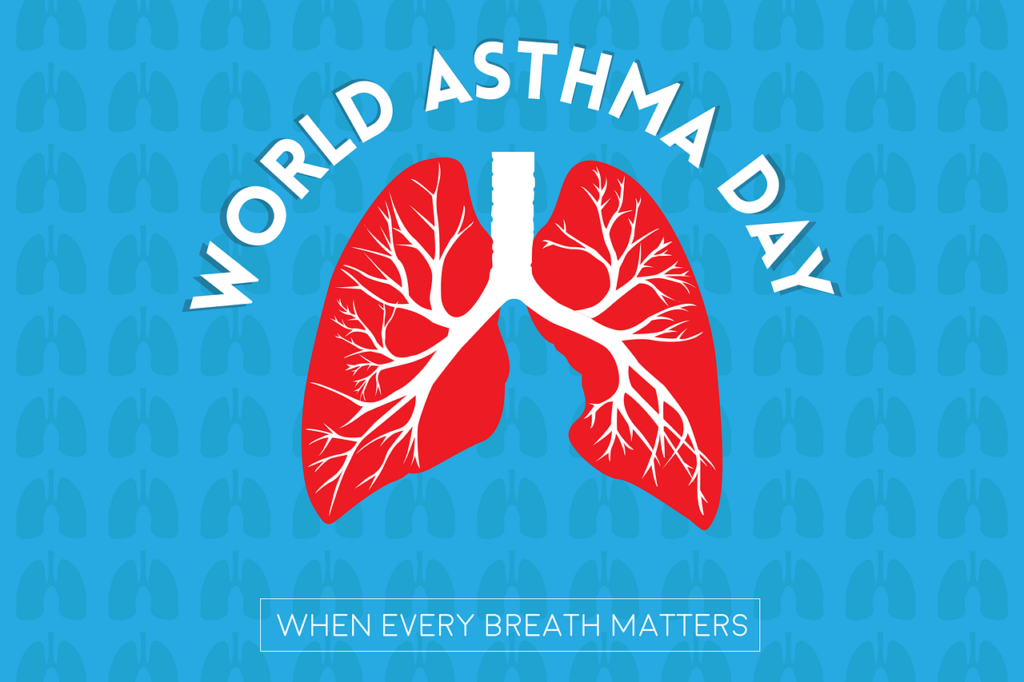

2 replies on “Breathing Exercises for Older Adults”
Thank you Allan.
Hi Sarah, So happy you liked the post, thanks for your comment, all the best Ian